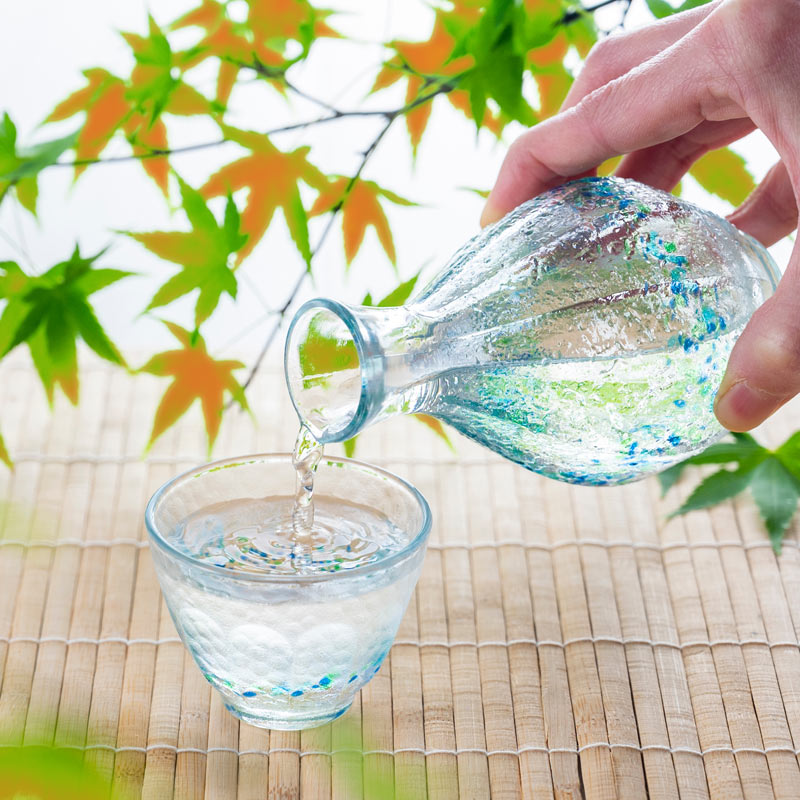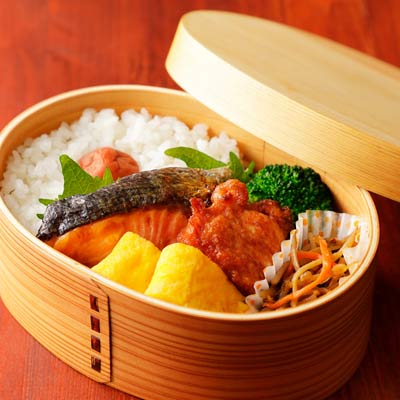I'm passionate about bringing the beauty and richness of Japan to your home. This blog is your gateway to discovering the timeless elegance of Japanese culture, from design and interiors to the vibrant world of Japanese cuisine.
From traditional practices to modern trends, we can delve deep into what makes Japanese culture so unique. I hope my personal insights, tips and stories inspire you to bring a piece of Japan into your everyday life.

As the evenings grow darker and the first autumn leaves begin to fall, many of us look for small rituals that bring comfort and warmth at home.

There are times when life can feel busy and stressful and it’s not always easy to find a sense of balance or contentment. Japanese daily life, however, can draw on a number of simple philosophies that can offer a different perspective, encouraging us to slow down, enjoy small moments and make the most of what we already have.

Hydrangeas hold a subtle but rich place in Japanese culture. While not as iconic as cherry blossoms or chrysanthemums, they are deeply associated with the mood of early summer, when the rainy season arrives and the landscape turns lush, damp and reflective.
But hydrangeas are also common in the UK and are in full bloom at this time of year, late summer to early autumn. As August turns slowly into September, I can see similarities in the symbolism of hydrangeas in rainy-season Japan to how we might feel here as the season changes.

In Japan, a small gift is never 'just' a small gift. Whether it’s omiyage (a souvenir from a trip) or a seasonal treat beautifully wrapped for a friend, these tokens carry a gentle but powerful message: I thought of you.

Step into the basement of almost any major Japanese department store and, rather than finding a discount floor or car park, you’ll be stepping into a gourmet wonderland.

At Wimbledon this year, tennis fans can tuck into a strawberries and cream sandwich, a cute twist on a very British tradition. But for anyone familiar with Japanese food culture, this might spark a moment of recognition.
Japan has long had a love affair with the furutsu sando (fruit sandwich), a delicately arranged, cream-filled treat that turns soft white bread and fresh fruit into an art form.

Elegant and resilient, the camellia plant (tsubaki 樚) has long held a treasured place in Japanese life. Blooming on the cusp of winter and spring, the flowering camellia offers both visual beauty and deeper symbolism that has resonated across centuries of Japanese art, poetry, ritual and daily life.

Bakeries are common in Japan and their shop windows are filled with gorgeous looking cakes, buns and bread.
And if you’ve ever travelled to Japan and wandered into one of these establishments, you’ll know that bread in particular feels just a little… fancier than what you may be familiar with.

Loaded with symbolism and a spirit of togetherness, Kagami Biraki is a Japanese ritual that marks a fresh start - whether it’s a new year, a marriage or a new business venture.

Japan has cherry blossom records dating back over 1,200 years. Ancient records from Kyoto’s Imperial Court show detailed notes on when the sakura bloomed each year which shows how important this event has been throughout history to Japanese people.

Early spring is a really beautiful time to visit Japan so that you can see cherry blossom and experience the joy of 'hanami'. But did you know that in Japan each year there is a ‘sakura forecast’ to predict the pattern of cherry trees blossoming across the country?

Have you ever tried Japanese takoyaki? It’s one of my favourite things to eat! You can sometimes find them here in Japanese restaurants or even make them at home but the best ones are the ones you eat in Japan.

Japanese design has a quite distinctive look that at first can be hard to put your finger on.
However, after a while you begin to realise that part of the aesthetic, whether it is in furnishings, fashion, modern culture or fine art, is down to the colour palette and the way these colours work together. It’s one of the things that makes Japanese design stand apart from other design styles.

There are many wonderful and interesting customs associated with New Year in Japan but one that I think will resonate with many people is related to soba noodles!

As you may know, Japanese language is written using three character sets. One of them is Katakana used to write, among other things, foreign language words and is easily read by non-Japanese speakers.

Hinoki, a type of Japanese cypress tree, is highly valued in Japan for its fragrant, durable wood. It has been used for centuries in traditional construction and around the home.
The hinoki tree is native to Japan and grows in mountainous regions right across the country. Timber from the hinoki is pale, smooth and finely grained which makes it ideal for woodworking. In addition, its natural resistance to rot makes it a great material for construction.

As we all do from time to time, Japanese people look back through history to find a simpler time, far from the stresses of modern life and technology.
One such period is known as the Showa era, but more particularly within that era the post-war period from the 1960s to the 1980s is remembered as a golden time for Japan.

It always seems to me that cats hold a special place in Japanese culture and society, and their popularity is indeed significant.
Whether it’s cute figurines, cat-shaped sweets and onigiri, as company ‘yuru-kyara’ mascots or real life cats at the temple, everywhere you go you can find cats in Japan!

Have you heard of ‘yuzu’? Traditionally used in Japanese cuisine, lately it’s been cropping up in all kinds of restaurant dishes, drinks and sauces here too.

The Japanese dish known as ‘katsu curry’ has become very fashionable in the UK over the past few years. This isn’t surprising as it’s delicious and just the sort of thing that British people (and people all over the world, of course) would enjoy.

Traditional fans hold a special place in Japanese culture but are still very much in use today. Aside from their practical use as an accessory to keep you cool, they are also loved for their symbolic and cultural meaning.

Japanese wind chimes, known as fūrin (風鈴), are an integral part of Japanese culture, symbolizing the essence of summer and blending aesthetic beauty, spiritual significance and craftsmanship.

Japan’s Mount Fuji, known as Fuji-san (富士山), is one of the most famous mountains in the world notable for its distinctive shape and significant geological features.
Fuji's striking physical presence, combined with its geological complexity and geographical prominence, makes it a fascinating natural landmark and a cherished symbol of Japan.

When I’m in Japan, I’m always struck by the array of beautiful and useful stationery items available in department stores, general goods stores such as Muji and specialist shops.
As a stationery and paper addict myself, I’m absolutely in my element and find it hard to resist packing my suitcase with notebooks, pens, stickers and countless other fantastic and fascinating items.

All languages have their quirks that seem strange to non-native speakers and Japanese is no different. When learning and listening to spoken Japanese, you quickly become aware of little phrases used in everyday speech that don’t have any direct translation. Instead they mimic a sound – what we call ‘onomatopoeia’.

Even today, Japanese people maintain a cherished tradition that combines culinary skills with aesthetic beauty: the 'o-bento' lunch box.
These meticulously crafted meals-on-the-go are not just about sustenance; they are a reflection of Japanese culture, history and the art of presentation.